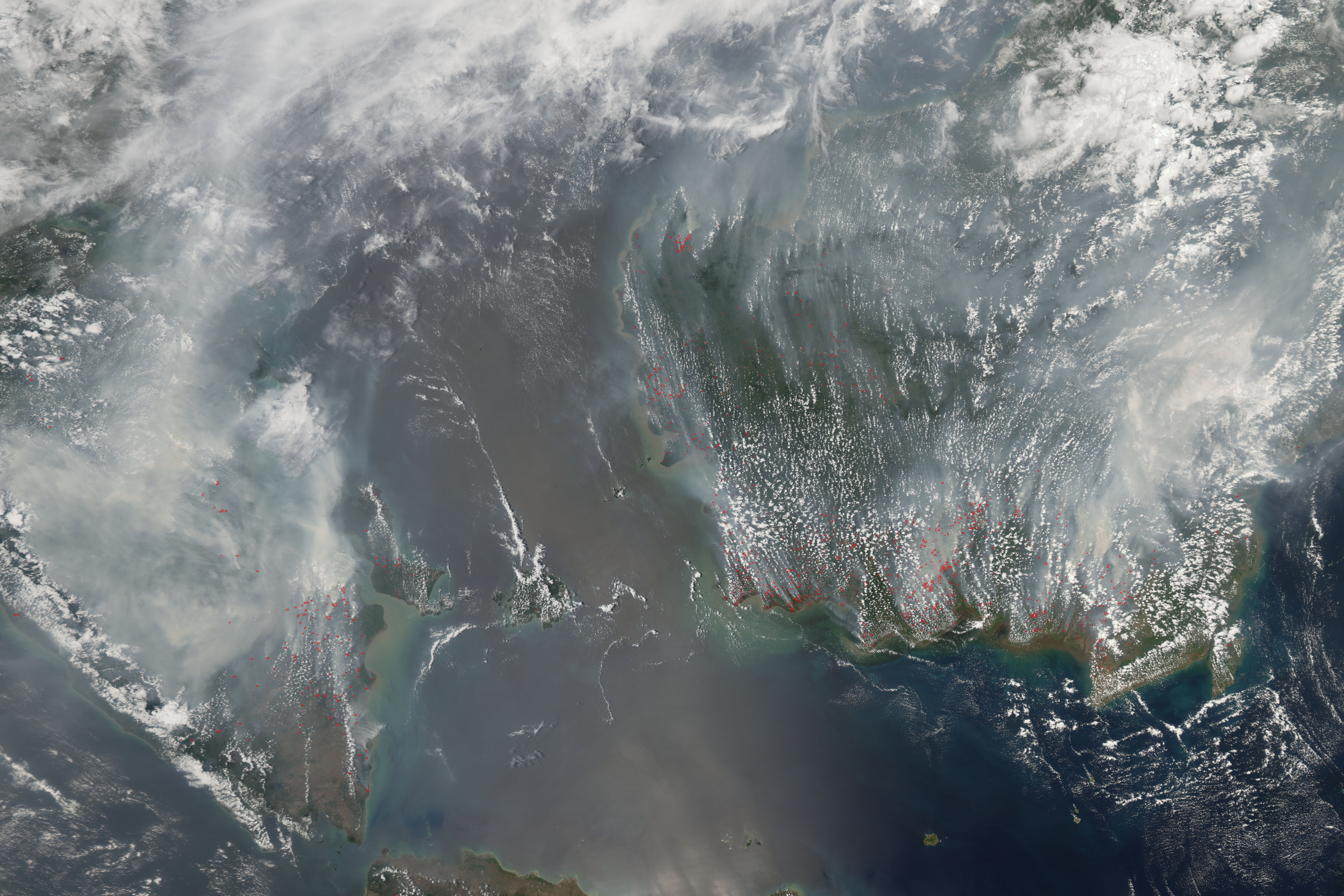|
Wola People
The Wola people are an indigenous group of the Southern Highlands Province of Papua New Guinea. They live in five valleys northeast of Lake Kutubu. The Wola are sedentary and practice swidden agriculture. Their main staple is sweet potato; lesser staples are bananas and taro. The Wola speak a variety of Mendi Mendi, Papua New Guinea, is the provincial capital of the Southern Highlands Province, and the capital of Mendi-Munihu District. The Lai River flows by the town. It is served by Mendi Airport. The town falls under Mendi Urban LLG. Geogra .... Many Wola people are Christian, while also following traditional beliefs. References {{authority control Ethnic groups in Papua New Guinea ... [...More Info...] [...Related Items...] OR: [Wikipedia] [Google] [Baidu] |
Southern Highlands Province
Southern Highlands is a province in Papua New Guinea. Its provincial capital is the town of Mendi. According to Papua New Guinea's national 2021 census, the total population of Southern Highlands province is 927,306. History Separation of Hela Province In July 2009, the Parliament of Papua New Guinea directed the creation of Hela Province from the Southern Highlands districts of Tari-Pori, Komo-Magarima, and Koroba-Kopiago. The province formally split from Southern Highlands on 17 May 2012. Geography Near the provincial capital of Mendi lies Lake Kutubu, which is the second largest lake in Papua New Guinea. The lake is known for its biodiversity and in particular its endemic fish species. Mount Giluwe lies along the border between the Southern Highlands Province and the Western Highlands province. At 4,367m (14, 327ft), Mount Giluwe is the second tallest mountain in Papua New Guinea and the fifth tallest on the island of New Guinea. Natural resources As a region ... [...More Info...] [...Related Items...] OR: [Wikipedia] [Google] [Baidu] |
Papua New Guinea
Papua New Guinea, officially the Independent State of Papua New Guinea, is an island country in Oceania that comprises the eastern half of the island of New Guinea and offshore islands in Melanesia, a region of the southwestern Pacific Ocean north of Australia. It has Indonesia–Papua New Guinea border, a land border with Indonesia to the west and neighbours Australia to the south and the Solomon Islands to the east. Its capital, on its southern coast, is Port Moresby. The country is the world's third largest list of island countries, island country, with an area of . The nation was split in the 1880s between German New Guinea in the North and the Territory of Papua, British Territory of Papua in the South, the latter of which was ceded to Australia in 1902. All of present-day Papua New Guinea came under Australian control following World War I, with the legally distinct Territory of New Guinea being established out of the former German colony as a League of Nations mandate. T ... [...More Info...] [...Related Items...] OR: [Wikipedia] [Google] [Baidu] |
Lake Kutubu
Lake Kutubu is the second-largest lake in Papua New Guinea,Lake Kutubu at Ramsar site after Lake Murray, and, at 800 m above sea level, the largest upland body of water,Pilot and Demonstration Activities: Integrated Catchment Management in Lake Kutubu, Papua New Guinea at website with an area of , [...More Info...] [...Related Items...] OR: [Wikipedia] [Google] [Baidu] |
Shifting Cultivation
Shifting cultivation is an agricultural system in which plots of land are cultivated temporarily, then abandoned while post-disturbance fallow vegetation is allowed to freely grow while the cultivator moves on to another plot. The period of cultivation is usually terminated when the soil shows signs of exhaustion or, more commonly, when the field is overrun by weeds. The period of time during which the field is cultivated is usually shorter than the period over which the land is allowed to regenerate by lying fallow. This technique is often used in LEDCs (Less Economically Developed Countries) or LICs (Low Income Countries). In some areas, cultivators use a practice of slash-and-burn as one element of their farming cycle. Others employ land clearing without any burning, and some cultivators are purely human migration, migratory and do not use any cyclical method on a given plot. Sometimes no slashing at all is needed where regrowth is purely of grasses, an outcome not uncommon ... [...More Info...] [...Related Items...] OR: [Wikipedia] [Google] [Baidu] |
Angal Language
Angal, or Mendi, is an Engan language complex of the Southern Highlands province of Papua New Guinea. Mendi has a pandanus language used during karuka The karuka (''Pandanus julianettii'', also called karuka nut and ''Pandanus'' nut) is a species of tree in the screwpine family (Pandanaceae) and an important regional food crop in New Guinea. The nuts are more nutritious than coconuts, and ar ... harvest. References Engan languages Languages of Southern Highlands Province Pandanus avoidance registers {{papuan-lang-stub ... [...More Info...] [...Related Items...] OR: [Wikipedia] [Google] [Baidu] |
